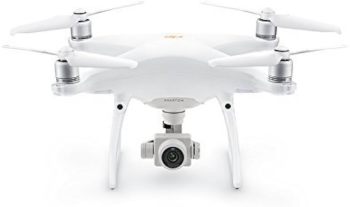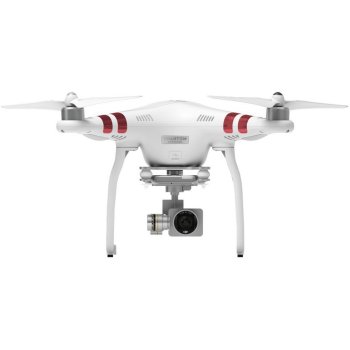- Excellent camera quality
- Advanced obstacle sensing
- Long flight time
- Affordable
- User-friendly
- Good camera quality
- High price point
- Requires registration in some regions
- Limited range
- Basic features
DJI Phantom 4 Pro V2.0 vs DJI Phantom 3 Standard
The world of phantom drones has come a long way since its inception, with DJI being one of the leading manufacturers in the industry. Two popular models that often get compared are the DJI Phantom 4 Pro V2.0 and the DJI Phantom 3 Standard. While both drones share some similarities, they also have distinct differences that set them apart.
Design and Build
The DJI Phantom 4 Pro V2.0 has a sleek and sturdy design, with a magnesium alloy body that provides excellent strength-to-weight ratio. The drone's dimensions are 350mm x 350mm x 247mm, and it weighs approximately 1375g. On the other hand, the DJI Phantom 3 Standard has a more compact design, measuring 350mm x 350mm x 210mm, and weighing around 1216g. Although both drones have a similar overall shape, the Phantom 4 Pro V2.0 has a more streamlined and aerodynamic appearance.
Camera Capabilities
One of the most significant differences between the two phantom drones is their camera capabilities. The DJI Phantom 4 Pro V2.0 features a high-quality 20-megapixel camera with a 1-inch CMOS sensor, capable of capturing stunning 4K videos at 60fps and 14-stop dynamic range. In contrast, the DJI Phantom 3 Standard has a 12-megapixel camera with a 1/2.3-inch CMOS sensor, which can record 2.7K videos at 30fps. The Phantom 4 Pro V2.0's camera is significantly more advanced, offering better image quality, wider color gamut, and improved low-light performance.
Flight Performance
Both phantom drones are equipped with DJI's renowned flight control systems, providing stable and smooth flight experiences. However, the DJI Phantom 4 Pro V2.0 has a more advanced propulsion system, featuring faster and more efficient motors that enable it to reach speeds of up to 45mph (72kph). The Phantom 3 Standard, on the other hand, has a top speed of around 36mph (58kph). Additionally, the Phantom 4 Pro V2.0 has a longer flight time, with up to 30 minutes of aerial photography and videography, whereas the Phantom 3 Standard can fly for around 25 minutes.
Obstacle Avoidance and Safety Features
The DJI Phantom 4 Pro V2.0 boasts an advanced obstacle avoidance system, utilizing five-directional sensors (upward, downward, forward, backward, and sideways) to detect and avoid obstacles during flight. This feature is particularly useful for beginners or those flying in complex environments. The Phantom 3 Standard, while having some basic obstacle detection capabilities, lacks the comprehensive sensing system of its more advanced counterpart.
Controller and Connectivity
Both phantom drones come with DJI's intuitive remote controllers, offering a comfortable grip and responsive controls. However, the DJI Phantom 4 Pro V2.0's controller has a built-in screen and supports up to 4.3 miles (7 kilometers) of transmission range, while the Phantom 3 Standard's controller relies on a mobile device for video feed and has a shorter transmission range of around 1.2 miles (1.9 kilometers).
Price and Value
The DJI Phantom 4 Pro V2.0 is generally priced higher than the DJI Phantom 3 Standard, reflecting its more advanced features and capabilities. However, considering the significant upgrades in camera quality, flight performance, and safety features, the Phantom 4 Pro V2.0 offers excellent value for professionals and serious hobbyists. The Phantom 3 Standard, on the other hand, remains a great option for beginners or those on a tighter budget.
In conclusion, while both phantom drones have their strengths and weaknesses, the DJI Phantom 4 Pro V2.0 stands out as a more advanced and capable aircraft. Its superior camera, faster flight performance, and comprehensive obstacle avoidance system make it an ideal choice for those seeking high-quality aerial photography and videography. The DJI Phantom 3 Standard, although less feature-rich, still offers excellent value for its price and remains a great introduction to the world of phantom drones. Ultimately, the decision between these two models depends on your specific needs, budget, and flying experience.































